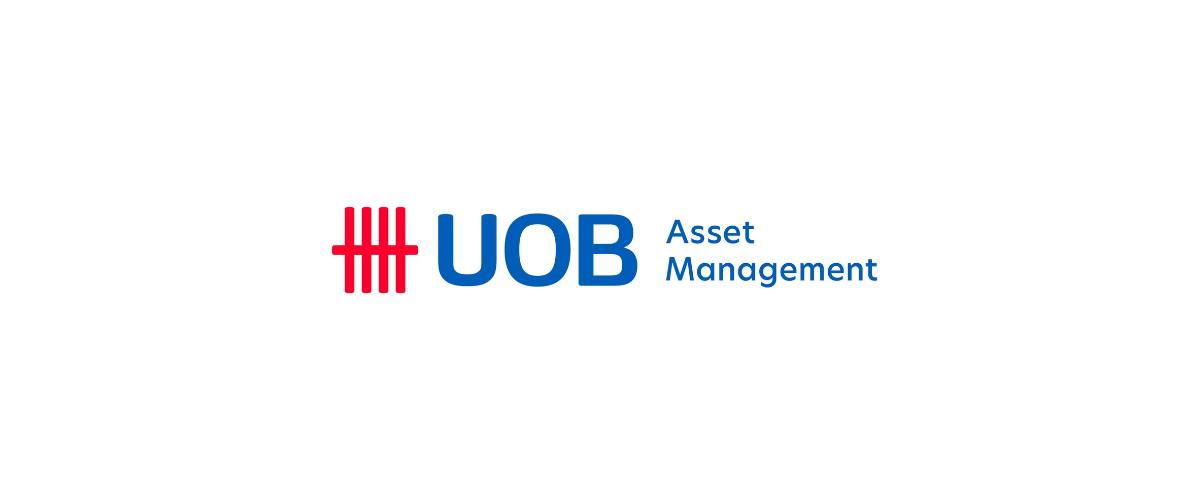We Read a 40-Page Financial Report on a Green ETF. Here Are the 4 Most Surprising Takeaways
Introduction: Beyond the Bottom Line
Annual financial reports are rarely considered beach reading. Dense, formal, and packed with figures, they are often overlooked by the very investors they are meant to inform. But hidden within the tables and footnotes, these documents can tell a fascinating story about a fund’s real-world impact, its performance, and the behavior of its investors.
We recently analyzed the UOB APAC Green REIT ETF Annual Report for the year ending June 30, 2025. Our goal was to look past the ticker symbol and uncover the narrative behind the numbers. This post distills that 40-page report into the four most surprising and impactful findings for the everyday investor.
1. The “Green” Claims Are Backed by Hard Numbers
The “Green” label isn’t just marketing—it’s measurable. This ETF’s portfolio is intentionally tilted toward assets with strong environmental attributes, as assessed by the respected research firm GRESB, providing third-party validation that helps cut through “greenwashing.” The report’s “Green Impact Dashboard” provides a clear, quantitative comparison between the fund’s holdings and a broad-based APAC REIT Index.
The results show a tangible environmental edge. Compared to the broader market, the fund’s portfolio demonstrated significant improvements:
- Scope 1 & 2 Greenhouse Gas Emissions: 29% improvement
- Water Consumed: 29% improvement
- Energy Consumed: 27% improvement
- Operational Green Building Certification (OPS): 34% improvement
- Design/Construction Green Building Certification (DCR): 6% improvement
In an era of intense scrutiny over ESG claims, these metrics offer tangible proof. The high rating for operational certifications is particularly noteworthy, as ongoing operational efficiency is arguably more impactful for emissions reduction than a one-time construction certification. This shows the fund’s strategy results in a portfolio with measurably better environmental performance.
2. The Fund Grew 12%, Yet Shrank by Half
Over the 12-month period, the fund delivered a positive return of 12.36%. By any standard, that’s a solid performance. Yet, during that same period, the fund’s assets plummeted.
The report shows that the net assets attributable to unitholders fell from S$56,447,568 in 2024 to just S$27,976,469 in 2025—a decrease of more than 50%. The reason lies not in poor performance, but in investor behavior. The fund saw massive redemptions, with S$32,088,273 withdrawn (“Cancellation of units”) while only S$241,010 was invested (“Creation of units”).
This investor flight is especially perplexing given the market context. The report notes that North Asian markets delivered standout performance during this period, with South Korea posting nearly 30% returns. For a fund focused on the APAC region to experience such significant outflows against a constructive backdrop highlights a story that goes far beyond simple performance charts.
3. “Asia-Pacific” Really Means Australia and Japan
While the fund’s name suggests broad diversification across the Asia-Pacific region, a closer look at its holdings reveals a heavy concentration in just a few developed markets. Combined, Australia (40.15%) and Japan (31.96%) make up 72.11% of the fund’s assets as of June 30, 2025.
The precise geographic breakdown of the fund’s Net Asset Value (NAV) is as follows:
- Australia: 40.15%
- Japan: 31.96%
- Singapore: 19.83%
- Hong Kong: 6.52%
Crucially, this concentration is intensifying. A comparison with the previous year shows Australia’s allocation increased from 39.37%, while Singapore’s share dropped from 23.52%. This means an investor’s fate is disproportionately tied to the economic health and real estate markets of just two nations, a critical risk factor for anyone seeking broad regional diversification.
4. Even an Index-Tracking ETF Doesn’t Track Perfectly
The fund’s stated objective is to replicate the performance of its benchmark, the iEdge-UOB APAC Yield Focus Green REIT Index, as closely as possible. However, the annual report reveals a material gap between the two.
For the one-year period ending June 30, 2025, the performance figures were:
- UOB APAC Green REIT ETF: 12.36% growth
- Benchmark Index: 14.27% growth
This 1.91 percentage point gap, known as tracking error, is a material difference for investors expecting index-hugging performance. While some error from fees and transaction costs is normal, a nearly 2% lag warrants a closer look. This brings us back to the massive redemptions. An analyst must ask: could being forced to sell over S$32 million in assets to meet withdrawals have compelled the fund manager to liquidate holdings at inopportune times, contributing to this significant underperformance against the benchmark?
Conclusion: A Story in the Numbers
The annual report for the UOB APAC Green REIT ETF paints a picture of a fund that is successful by its own green and performance metrics, yet is being abandoned by investors. This suggests a disconnect where either investors are taking profits en masse, or the fund’s specific concentrations and tracking errors are causing them to look elsewhere.
As investors navigate an increasingly complex market, looking beyond the surface-level numbers is more important than ever. The fund’s manager remains optimistic about the sector’s future, stating:
REITs still present an attractive investment proposition from a total return perspective, with a combination of stable dividend yield supported by cash flow and upside potential for capital values.
Ultimately, the story of this ETF is a microcosm of the challenges facing sustainable investors today, forcing a critical question. For investors today, how do you weigh measurable ‘green’ impact against performance metrics, and what story do you think is most important when looking beyond the ticker symbol?
WATCH THE EXPLAINER VIDEO BELOW:
LISTEN TO THE PODCAST BELOW:

